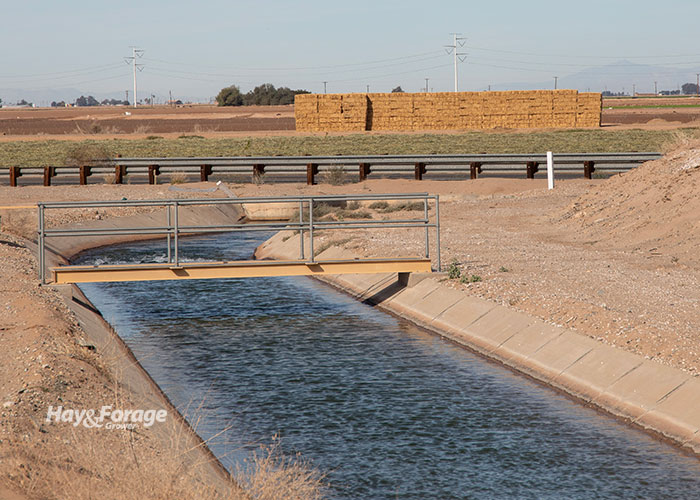
After months of negotiations and a couple of missed deadlines, an agreement has finally been reached to reduce water usage in the lower Colorado River Basin, according to Reuters news agency. The deal will require Arizona, California, and Nevada to lower their water consumption from the river by a combined 3 million acre-feet through the end of 2026.
The agreement, which was brokered by the Biden administration, only addresses the three states that rely on Lake Mead where the release of water is governed by the U.S. Bureau of Reclamation.
The Reuters report notes that the “agreement clears a major hurdle for reaching a three-year plan for distributing water rights starting in 2024. Without a deal, the federal government might have been forced to impose cuts, likely provoking a flurry of lawsuits.”
Although this past winter’s rainfall and mountain snowfalls have eased some of the water-deficit pain, it won’t be a long-term solution for a river that is vital for farmers, ranchers, agricultural communities, and growing urban areas in the West. In addition to the agreement on water use, the Biden administration will also be providing $1.2 billion in grants under the Inflation Reduction Act. This money will compensate local water districts, cities, and Native American tribes for reduced water use.
More to come
The recent agreement is just a start. All seven states that rely on the Colorado River as a water resource must now come to an agreement on a longer-term deal that will define water usage starting in 2027. That compact will need to account for future droughts, climate change, and no federal money.
The Associated Press (AP) reports that California has committed to conserve 1.6 million acre-feet of water under the new agreement, or about half of the total water reduction.
The Imperial Irrigation District is the largest single recipient of the river’s water under current water-use guidelines. According to the AP, the district will work on a pilot program where farmers would turn off their water for 60 days on forage crops like alfalfa to save water during the hot summer months. The Metropolitan Water District of California plans to leave about 250,000 acre-feet of water in Lake Mead this year and rely on the abundant precipitation that fell this past winter.
Arizona has already been mandated to cut water use by the federal government over the past two years. It has now agreed to accept another 1.1 million acre-feet in cuts, but it’s currently unclear how those reductions will be shared.
This current agreement offers a short-term reprieve from what will ultimately have to happen — a permanent, long-term deal.

